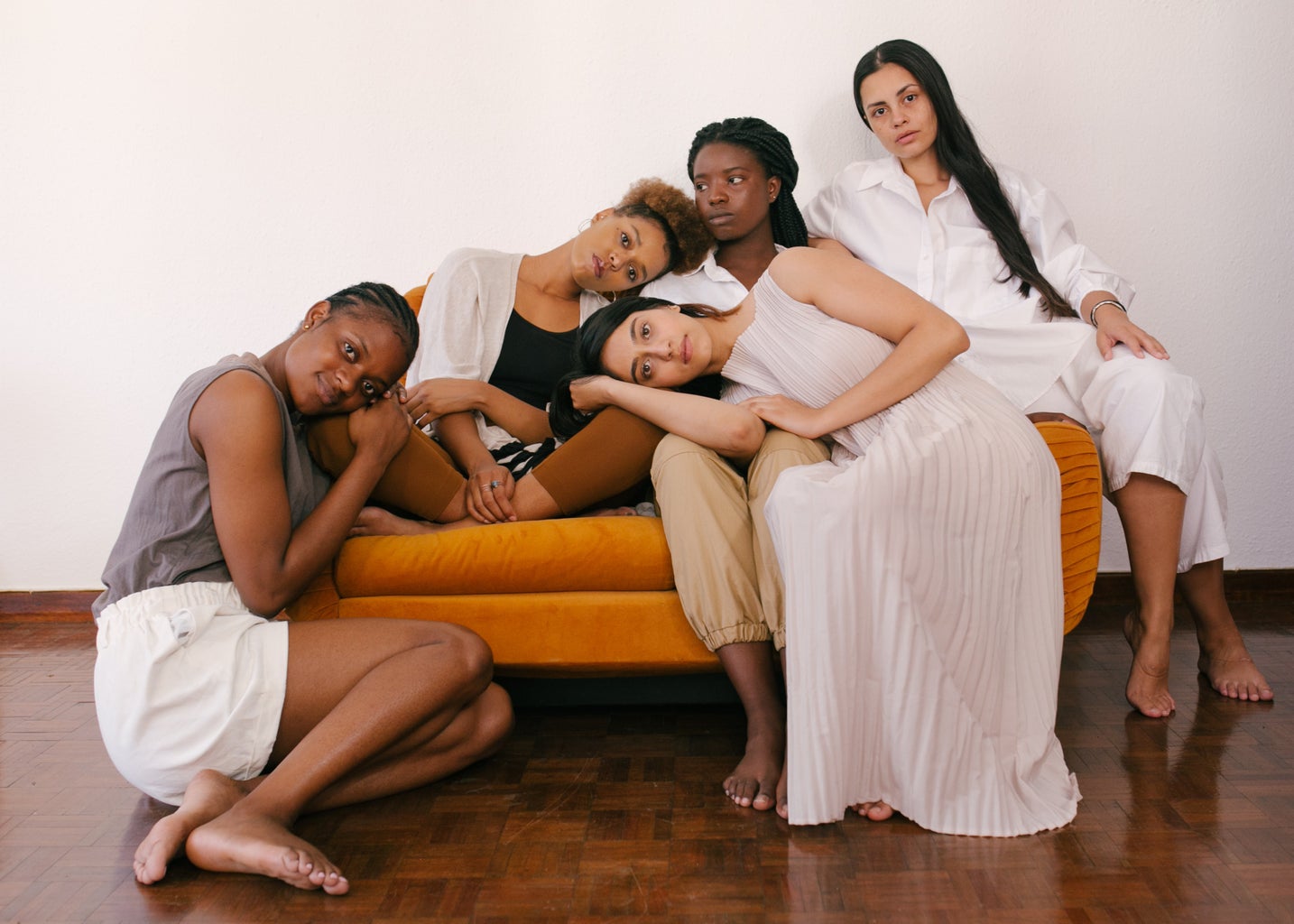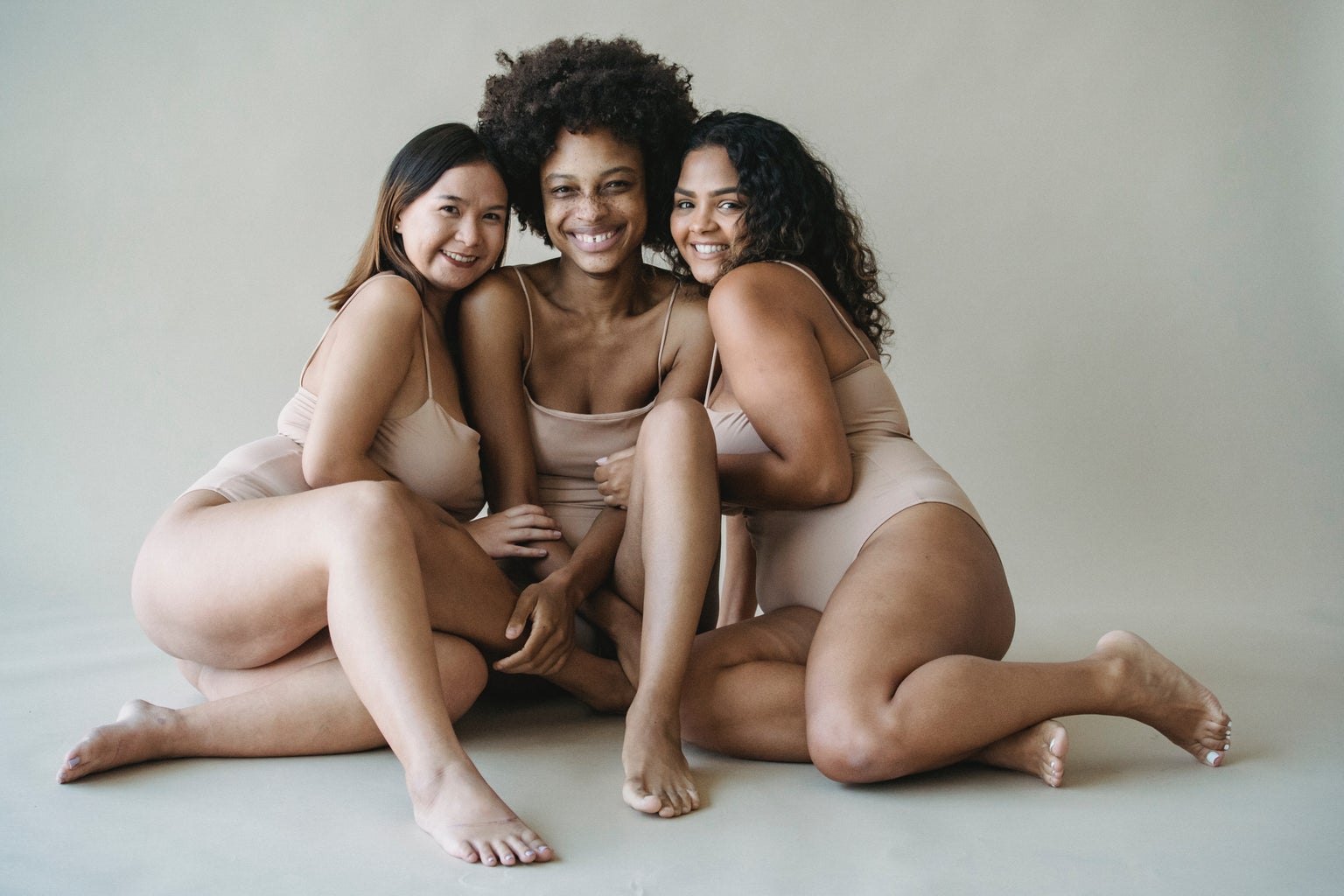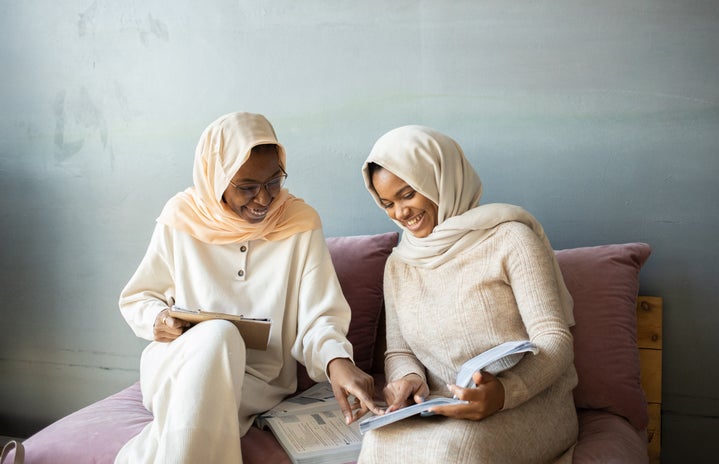As International Women’s Day and Women’s History Month is upon us, I think it is more than appropriate to discuss the amazing accomplishments that women have achieved throughout the decades. As a science major, I look up to these amazing women with awe and admiration, and I am amazed at what they have done for the scientific community. Most people don’t realize what was done or what was started by women, mainly because the credit was given to men. However, we have females to thank just as much, if not more, for these advancements.
-
Rosalind Franklin (1920-1958)
Any science major knows the story of Franklin and Wilkins, along with Watson and Crick, with most of the information surrounding the latter pair. These scientists were all working on DNA and its structure at a time when there was a race as to who could figure it out first. Franklin was a specialist in a technique called X-ray Crystallography, and was far more experienced than the other members in her lab. Therefore, her images and interpretations were the most detailed and accurate. However, she and her partner, Wilkins, did not get along well with each other. His friendship with Watson led him to reveal Franklin’s unpublished data. This led Watson and Crick to piece together the structure of DNA. Almost all of the information came from Franklin’s data and experimentation, but Watson and Crick were the ones to reach the accepted structure of DNA, complete with a full model. Franklin never fully received the amount of credit needed until after her death. Watson, Crick, and Wilkins won the Nobel Prize for the model. However, it was after Franklin’s death, and therefore her name could not be included on the award. Nonetheless, Franklin’s work was an important part of scientific history.
-
Elizabeth Blackwell (1821-1910)
Blackwell was the first woman in America to receive a medical degree. At the time, no medical schools accepted women, and only men became licensed physicians. She was mentored by a family of physicians whom she lived with and was rejected from every school she applied to with the exception of Geneva College in New York. However, her acceptance was intended to be a joke, but Blackwell was determined to study and become a doctor. As a surprise to no one, she was extremely discriminated against while in school by classmates and professors since she was out of her designated gender role. Nonetheless, Blackwell graduated first in her class and practiced her medicine in schools in Europe. She was a true trailblazer and advocated for preventative treatments, and hygiene in the hospitals to prevent the transmission of diseases. Her dedication never stopped, and she started the New York Infirmary for Women and Children, which worked to hire female physicians. She also created a medical college in New York for women to attend. Her determination showed the world that women deserved to be in the same medical professions that men did, and that they could make very large strides in history.
-
Florence Seibert (1897-1991)
If you’ve ever worked or volunteered in a hospital, then you should be familiar with the TB test. Tuberculosis is a disease that isn’t really talked about anymore because of the advances in medicine to fight against it, but it is still prevalent in the medical community. Seibert was a scientist who did research on tuberculosis. During her research, she developed a system of testing for TB, which is still used in hospitals today. Most, if not all, hospitals require a TB test to be done before working.


-
Katherine Johnson (1918-2020)
Johnson was a mathematician whose research and calculations for NASA helped achieve the first man led mission to space. She made a name for herself as one of the first African American women to work as a scientist for NASA. Her calculations included flight trajectories, return paths, and launch windows. These calculations influenced programs such as Project Mercury and Apollo 11, which included well-known astronauts like John Glenn, Neil Armstrong, and Buzz Aldrin. Her substantial contributions did not go unnoticed, and President Barack Obama awarded her with the Presidential Medal of Freedom, she was awarded the Congressional Gold Medal, and was recently inducted into the Women’s Hall of Fame. If you’re interested, Johnson is portrayed in the award-winning film Hidden Figures.
-
Sally Ride (1951-2012)
Continuing with the space theme, Sally Ride was the first American woman to travel into space, and also the youngest American to do so. Also, as another major stride in changing history, Ride was the first proclaimed gay astronaut. She was an impressive physicist, and was selected by NASA as a member of the first class to accept women, beating out thousands of other applicants. She was previously a tennis player, and that helped boost her physical training prior to space travel. During her preparation, she was asked sexist questions such as “what makeup will you be packing with you” and “do you cry when things go wrong.” However, she proved all the nonbelievers wrong and showed that she was just as capable as men for space travel, and she was also awarded the Presidential Medal of Freedom from President Obama.

-
Grace Hopper (1906-1992)
Hopper was a phenomenal mathematician, and was one of the earliest programmers to work on the Harvard Mark I computer. She attempted to enlist to the Navy, but was rejected because she was too old, her weight was too low, and her education as a mathematician was too valuable to be on active duty. As a result, she was accepted into the Navy Reserves during World War II. During her time in the reserves, she worked on programming and coding Mark I, and she created the first compiler which translates code to a language that the computer can recognize. She retired from the reserves, but was called back to active duty to continue working on computer programming. She was the oldest officer on active naval duty at the age of 79 when she officially retired. She was also awarded the Presidential Medal of Freedom by President Obama in 2016.
Obviously, this is not a comprehensive list of women who have made huge contributions to science and technology related fields, but they are some of the most recognized women. The number of women in STEM majors or careers continues to grow each year, but the “STEM gap” is still highly prevalent, especially in fields such as engineering. My hope is that the gap continues to close and no longer will women be outnumbered in these impressive fields.

